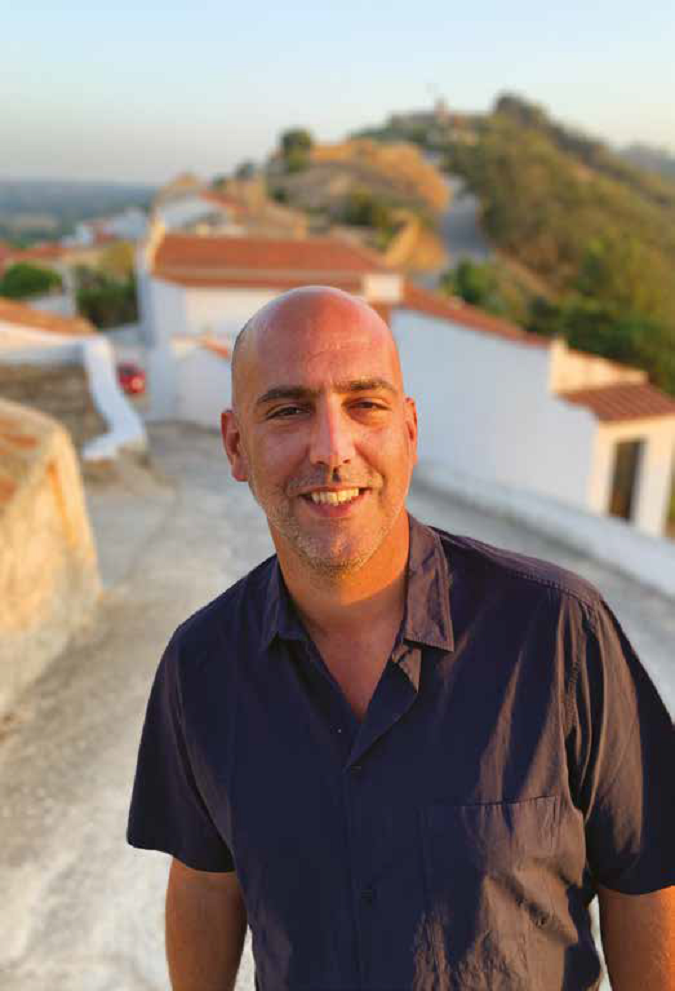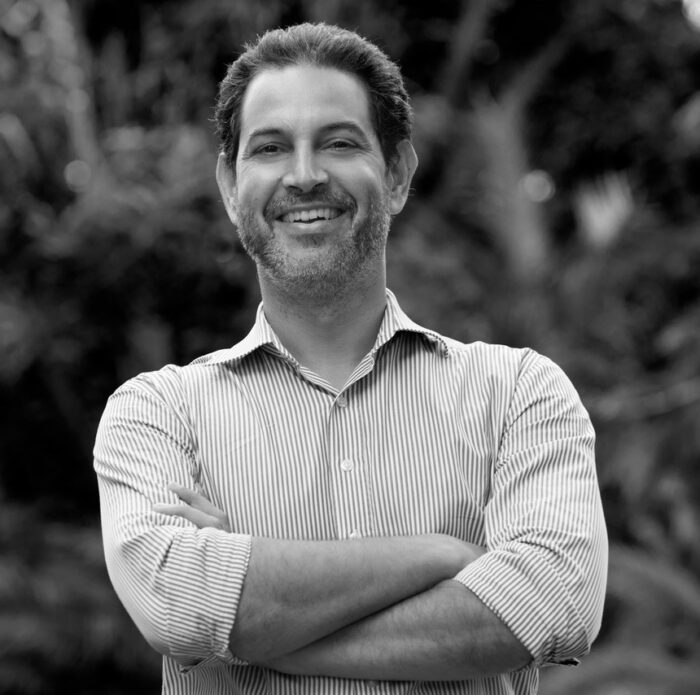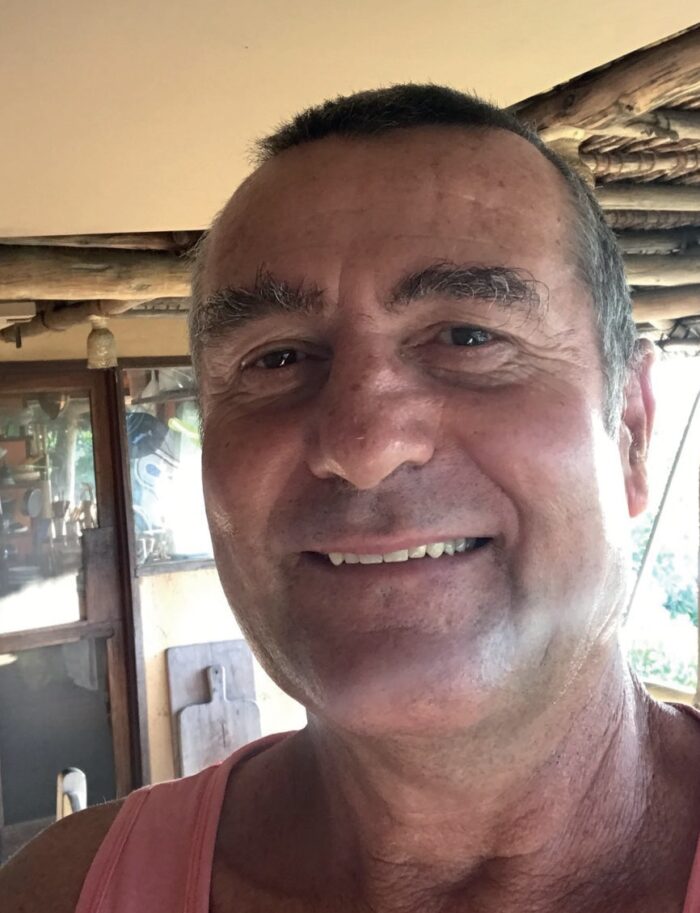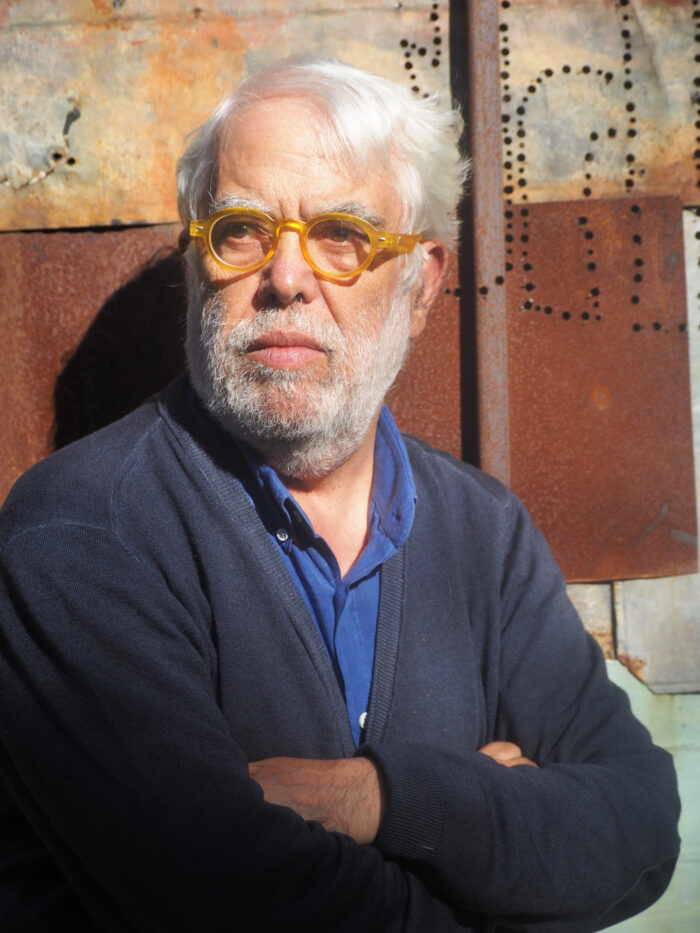A conversation with Arch. Ricardo Gomes

A conversation with Arch. Ricardo Gomes
'For years, there is an expectation that an art installation relates to the space in which it operates. We take advantage of some specifics that an architect can add to this process.'
Born in Coimbra, graduated in Lisbon, worked and taught in Berlin, lives between Lisbon and Copenhagen and his profession takes you to several countries. Can we say that the world is your desk?
I also grew up in the Azores and lived in the United States, so yes, it has always been a fuss! The truth is that, in recent years, the ease of travel and the tools we have at our disposal have allowed us to work anywhere without great difficulties. I’m certain that this latest crisis may eventually make us question the sustainability of this way of life – and that is naturally a bit worrying – but it is also a challenge that will certainly result in something equally stimulating.
Tell us about your career and professional experiences?
I’ve studied architecture in Lisbon and still during the course I started to be interested in art, particularly by artists who used space as their canvas. When I left college I went to live in Marfa, Texas, working for the Chinati Foundation created by Donald Judd. Two years later I ended up in Berlin where, for almost 7 years, I worked with the Danish artist Olafur Eliasson – through a series of decisions, my professional life grew at the intersections between art and architecture and, about 10 years ago, I started KWY.studio with two colleagues I met in Marfa and Berlin.
Can you explain to us the studio’s concept?
From a kind of informal collective in Berlin to a small professional structure in Lisbon, we have been developing our work based on three vectors: research work, collaborative work with artists and production work for artists. It is always design, design and production or construction – in architecture or art – and of course, the work is always developed collectively with an excellent team and multiple partners with whom we like to work.
Can you list the most unexpected designs of spaces that you have designed? The installation One Two Three Swing !, at Tate Modern, for example…
We have been very lucky and privileged to work hard and in many different places. When we take a moment to enumerate and describe the projects we are working on, it is when we realize the richness of the experiences we have had over the past few years. The project you refer to started a few years ago at Tate’s Turbine Hall, in London, and since then it has been transformed multiple times, appearing in places such as Copenhagen, Bonn, DMZ (between North Korea and South Korea) and, a few months ago, in a desert in Saudi Arabia. The idea that we developed in collaboration with the SUPERFLEX was to wind up a line of swings that crosses the world and gets people to swing collectively – which is really being accomplished!
What is most interesting to you in the process of modeling spaces?
All projects are surprising and all moments are equally important… Perhaps one of the most distinct aspects, comparing to a more conventional architectural practice, has to do with the fact that we often work in institutional contexts and that our projects are presented near, or containing, the work of other artists. This requires a process of negotiation and constant adaptation, very sensitive to multiple clients, in addition to the complexity of demanding deadlines and processes that are rarely repeated.
Your projects are often immersive experiences. Is that how you seek to make a difference?
Somehow, yes; it is what we bring to the environment in which we work, a more spatial way of experiencing the artistic process. For many years there has been an expectation that a work of art, or an artistic installation, necessarily relates to the space in which it is inserted. We take advantage of some specifics that an architect can add to this process.
BETAR is part of your list of partners. Why?
In several years of activity, we have had many experiences working with engineers and since we started our collaboration with BETAR it has become an easy, pleasant and almost always exciting dialogue. Maybe, it is my perspective as an architect, but the truth is that it is not always that simple – BETAR always tries to go further which makes each project a pleasure. Hopefully, this will be the case for many years to come!
What do you still need to explore? What path do you intend to follow in the coming years?
Despite being a small structure, we are in a growth phase – which has presented us with some challenges that we are trying to take advantage of in the best way. As if closing the cycle of the first question, and although we maintain a volume of work essentially abroad, we will try to overcome this fact and develop more projects in Portugal – and maybe, eventually, more architecture.
This interview is part of Revista Artes & Letras # 119, May 2020
Partially automatic translation from portuguese: some expressions may differ from their actual meaning.
News & Interviews
A conversation with Arch. Dunga Rebelo
'Working in Mozambique means being involved in structuring projects and having an impact on the country's development. Opportunities are constantly changing, requiring a transformation, which is very attractive ' Read more
A conversation with Arch. Yorick Houdayer
‘The children at Fortaleza beach called me "Amigo Manholiho", a friend who rewards. I kept this name until today, forcing myself to respect the moral contract embed in the name’ Read more
A conversation with Arch. Fernando Bagulho
There is a rally of C130 planes, systematically won by Portuguese from the Portuguese Air Force, which owns half a dozen planes, against crews of countries with hundreds. I will say the same about the architects of a land where the easy is never possible and everything is achieved with effort ’ Read more




